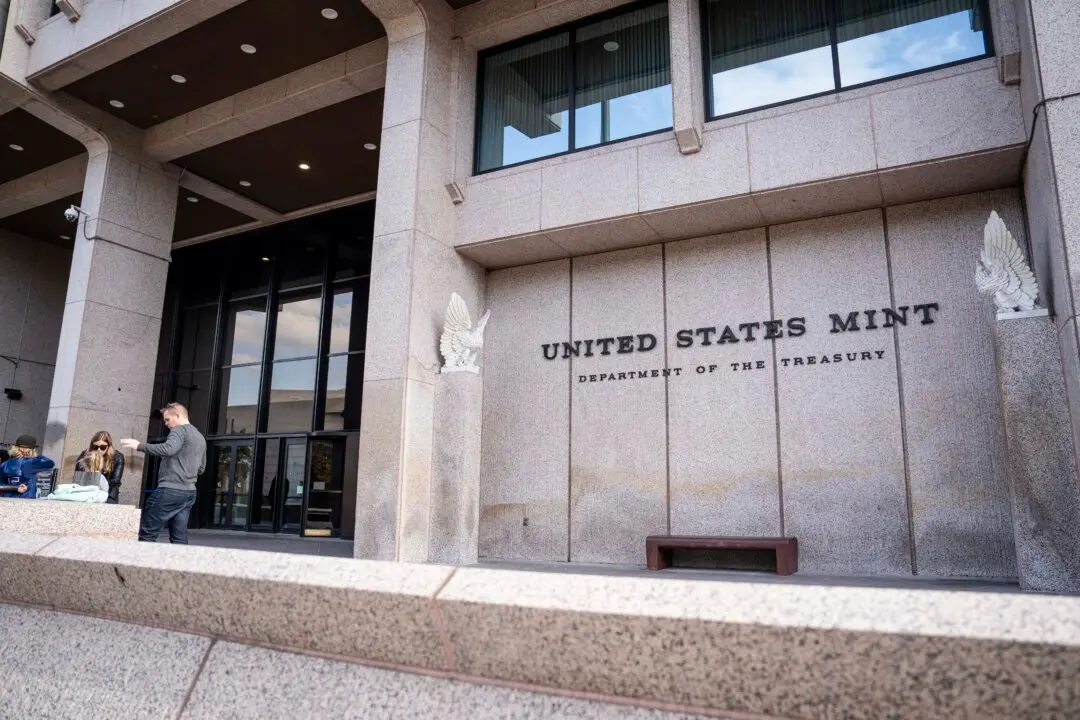The U.S. economy is currently experiencing the hottest real estate market on record, the latest Realtor.com housing data show.
According to the April report from Realtor.com, the median listing price advanced 14.2 percent year-over-year to $425,000. Housing experts suggest that the typically busy spring buying season will be notably competitive.





